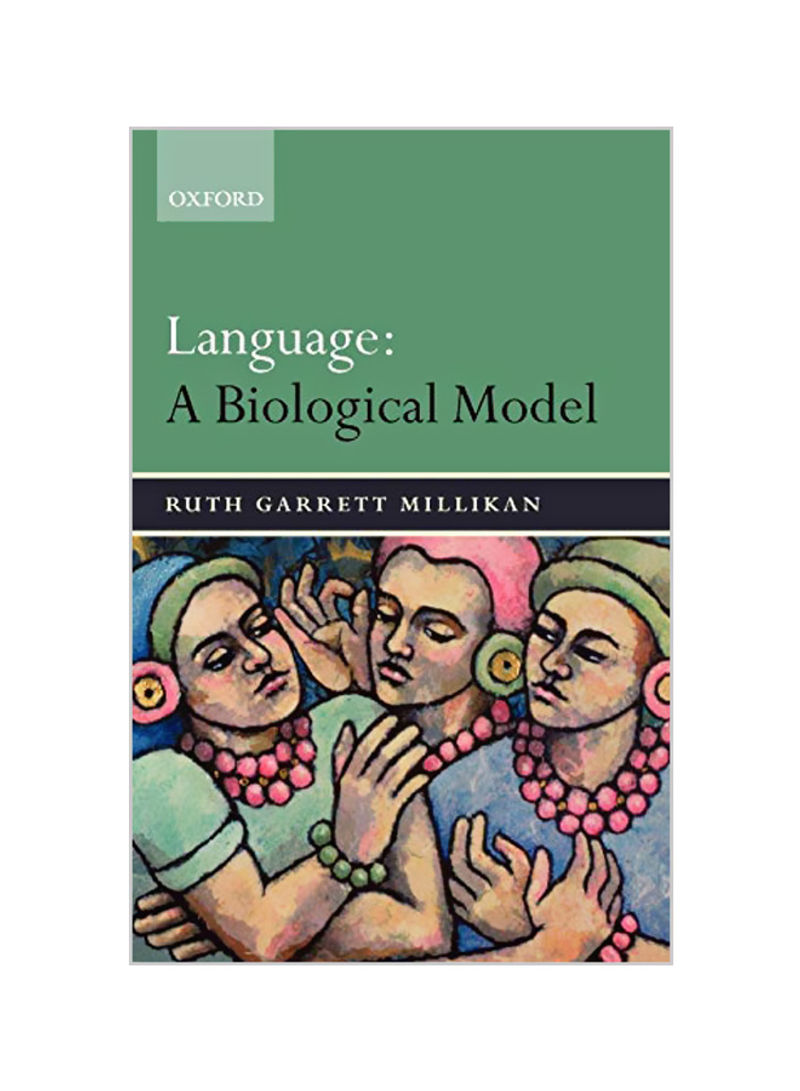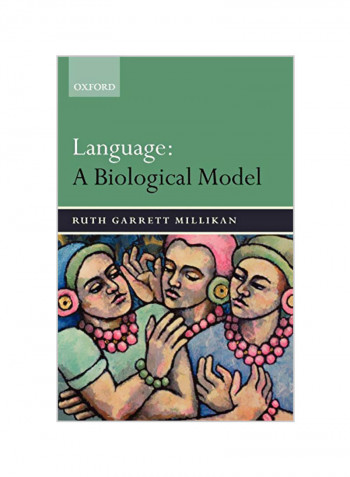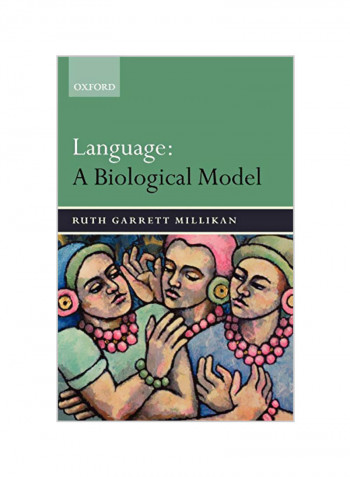Language: A Biological Model Paperback
Recommend
Sort by
Rating
Date
Specifications
Author 1
Ruth Garrett Millikan
Book Description
Guiding the work of most linguists and philosophers of language today is the assumption that language is governed by prescriptive normative rules. Many believe that it is of the essence of thought itself to follow rules, rules of inference determining the intentional contents of our concepts, and that these rules originate as internalized rules of language. However, exactly what it is for there to be such things as normative rules of language remains distressingly unclear. From what source do these norms flow? What sanctions enforce them? What happens, exactly, if you don't follow the rules? How do children learn the rules? Ruth Millikan presents a radicallly different way of viewing the partial regularities that language displays, the norms and conventions of language. The central norms applying to language, like those norms of function and behavior that account for the survival and proliferation of biological traits, are non-evaluative norms. Specific linguistic forms survive and are reproduced together with co-operative hearer responses because, in a critical mass of cases, these patterns of production and response benefit both speakers and hearers. Conformity is needed only often enough to ensure that the co-operative use constituting the norm - the convention - continues to be copied and hence continues to characterize some interactions of some speaker-hearer pairs. What needs to be reproduced for discursive language forms to survive, it turns out, is not specific conceptual roles but only satisfaction conditions coupled to essential elements of hearer responses. An uncompromising rejection of conceptual analysis as a tool in philosophy results. At the same time the distinction between the propositional content and the force of a linguistic utterance comes into very sharp focus, force emerging as essential to the creation of content rather than as something added to content. The distinction between illocutionary and perlocutionary force, the distinction between linguistic meaning and speaker meaning, and the semantics/pragmatics distinction are each illuminated in new and crisper ways. On the model proposed, neither the intentionality of thought nor the intentionality of language is derived from the other. Processes involved in understanding language are not Gricean but more like direct perception of the world as mediated, for example, through the natural signs contained in the structured light that allows vision. There are also startling implications for pragmatics, and for how children learn language.
ISBN-13
9780199284771
Language
English
Publisher
Oxford University Press
Publication Date
20-10-2005
Number of Pages
240
About the Author
Ruth Millikan is Professor of Philosophy at the University of Connecticut.
Editorial Review
Ruth Garrett Millikan is one of the most important thinkers in philosophy of mind and language of the current generation. * Emma Borg, Times Literary Supplement * the individual essays of Language serve to confirm Millikan's status as one of the most innovative and compelling thinkers of our time. * Emma Borg, Times Literary Supplement * The essays are carefully organized to present Millikan's account of language in a novel, systemic manner...it's unapologetically ambitious, uncommonly though-provoking, and is full of insights, in every chapter. Moreover, she does often succeed at making her ideas more accessible than in other of her works...this new collection is often fascinating and consistently thought-provoking, and many of her claims that seem on first look to be obviously wrong become, over time, utterly compelling. The book is a challenge, but it's worth it. * Brian Epstein, Notre Dame Philosophical Reviews



